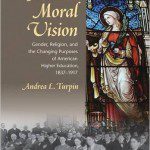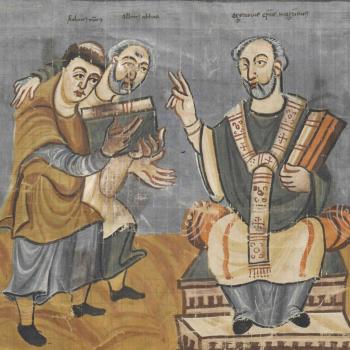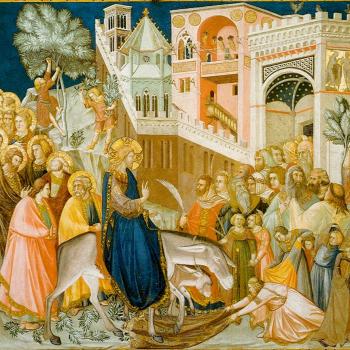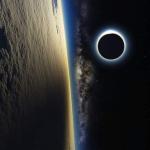Recently, I write about some of the megatrends that have shaped American religion over the past few decades. Let me also add some trends that would likely have been forecast and expected in earlier decades, but which have not in fact occurred. It is interesting why expectations have been wide of the mark.
I would highlight two critical non-stories in particular.
Growing Religious Diversification – Within Strict Limits
In terms of what has not happened, it is striking that Christianity still holds its starring role as the centerpiece of the US religious story.
The country certainly has significantly more representatives of non-Christian traditions, including Buddhists, Hindus, Sikhs, and Muslims, but the numbers are all surprisingly small considering the huge growth in the overall numbers of non-Euro-Americans. Combining Jews, Buddhists, Sikhs, Hindus and Muslims probably gives us some ten or twelve million people, at most four percent of the total US population. The combined total I am suggesting for non-Christian minorities is also smaller than the membership of just the Southern Baptist Convention.
You will see claims for larger memberships of newer immigrant religions, but most have to be treated with a lot of caution. Groups sometimes claim exaggerated numbers based on the size of immigrant populations, without any awareness that by no means all the immigrants from particular countries identify with the default religion there, leave alone practice it.
The small size of these minorities is all the more telling when set aside the really substantial minority communities that exist in Europe or the Middle East. (Egypt, for instance, still has a Christian minority of five to ten percent).
Much of the “diversification” that has occurred has occurred within the larger world of Christianity, with the upsurge of Christian denominations from the Global South on US soil.
The Non-Culting of America
In the 1970s, so much coverage of American religion focused on radically innovative groups and new religious movements, including esoteric, New Age and occult strands. There was moreover deep concern about exploitative “cults,” which were charismatically led, authoritarian and totalistic. Alarms were raised about the future “culting of America.” It never happened. Although New Age interests survive, and cults can be located, both are distinctly marginal, and command little interest, especially among the young.
Quick: name a strictly contemporary “cult” alleged to be posing a threat to teens and college students. Give up?
The interest in the esoteric definitely survives – witness the fascination with lost gospels, Mary Magdalene, Da Vinci Code, and so on – but in virtually no case has this led to major defections from churches, or a boom in sects and new movements, as it would have done a century ago.
As I have written before, I suspect that if we are looking for trends towards long term secularization, it is in this withering of the religious fringe, which marks a truly historic departure in US history.

















